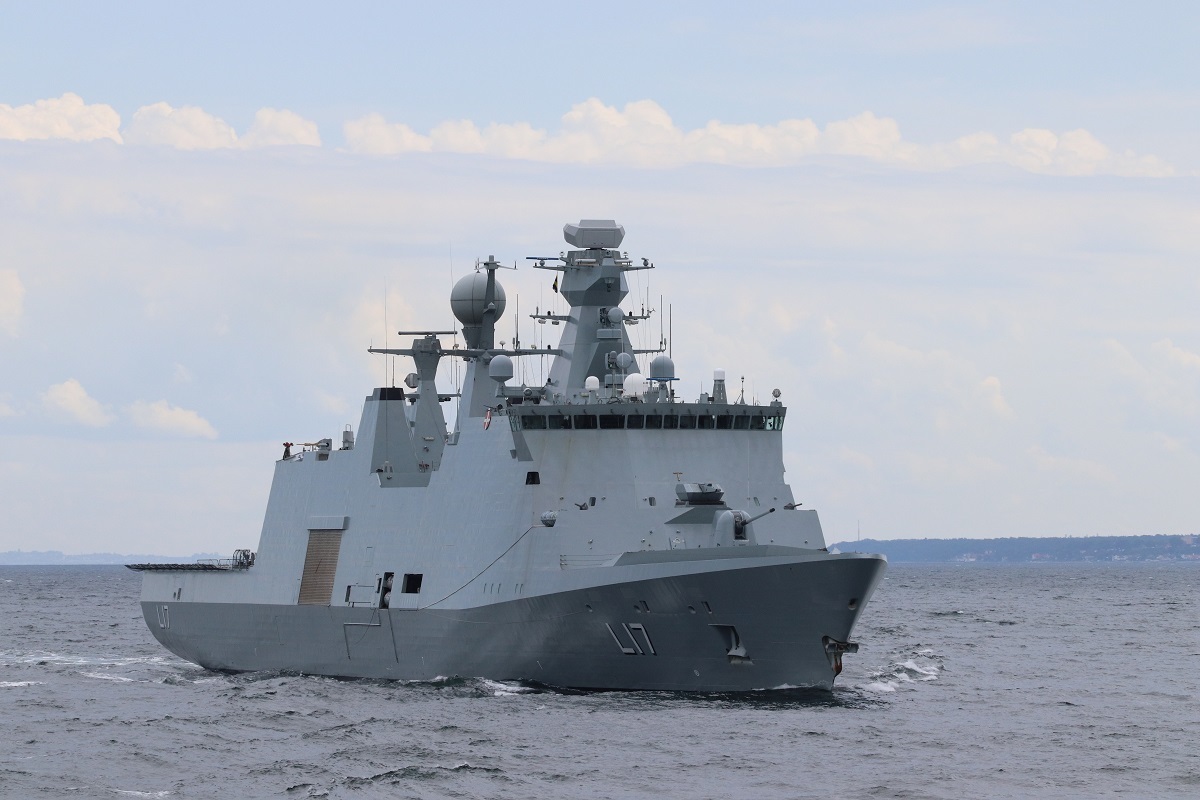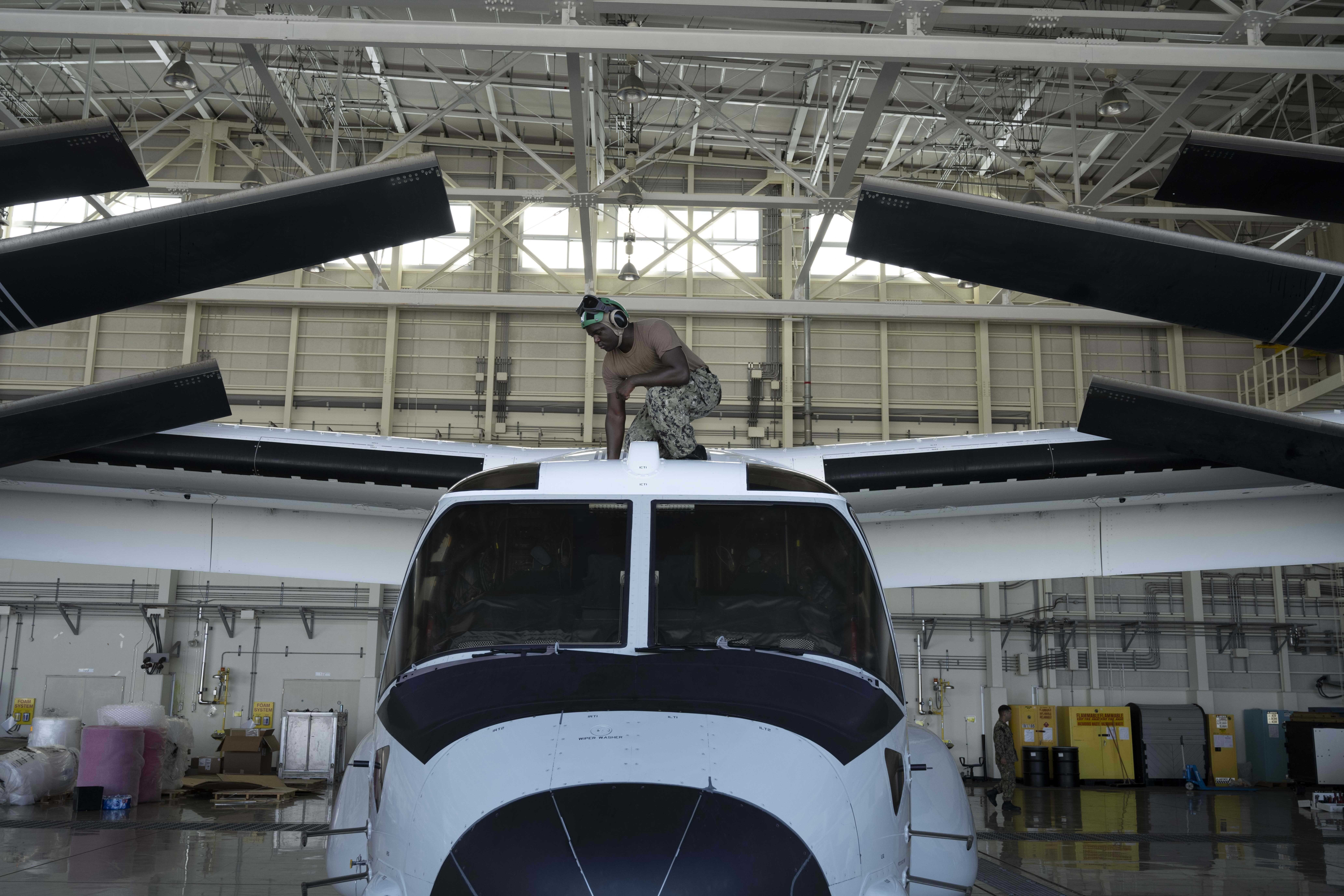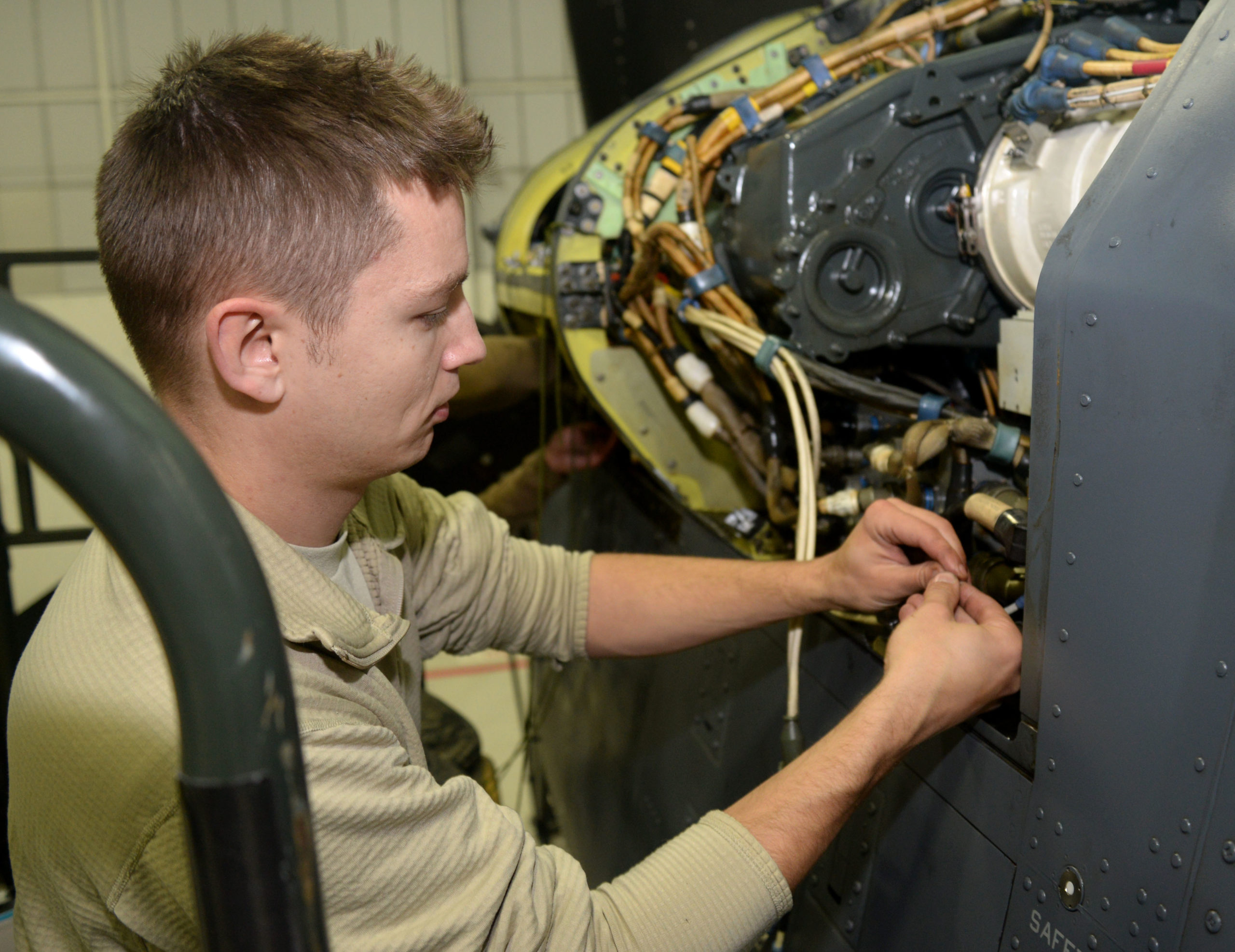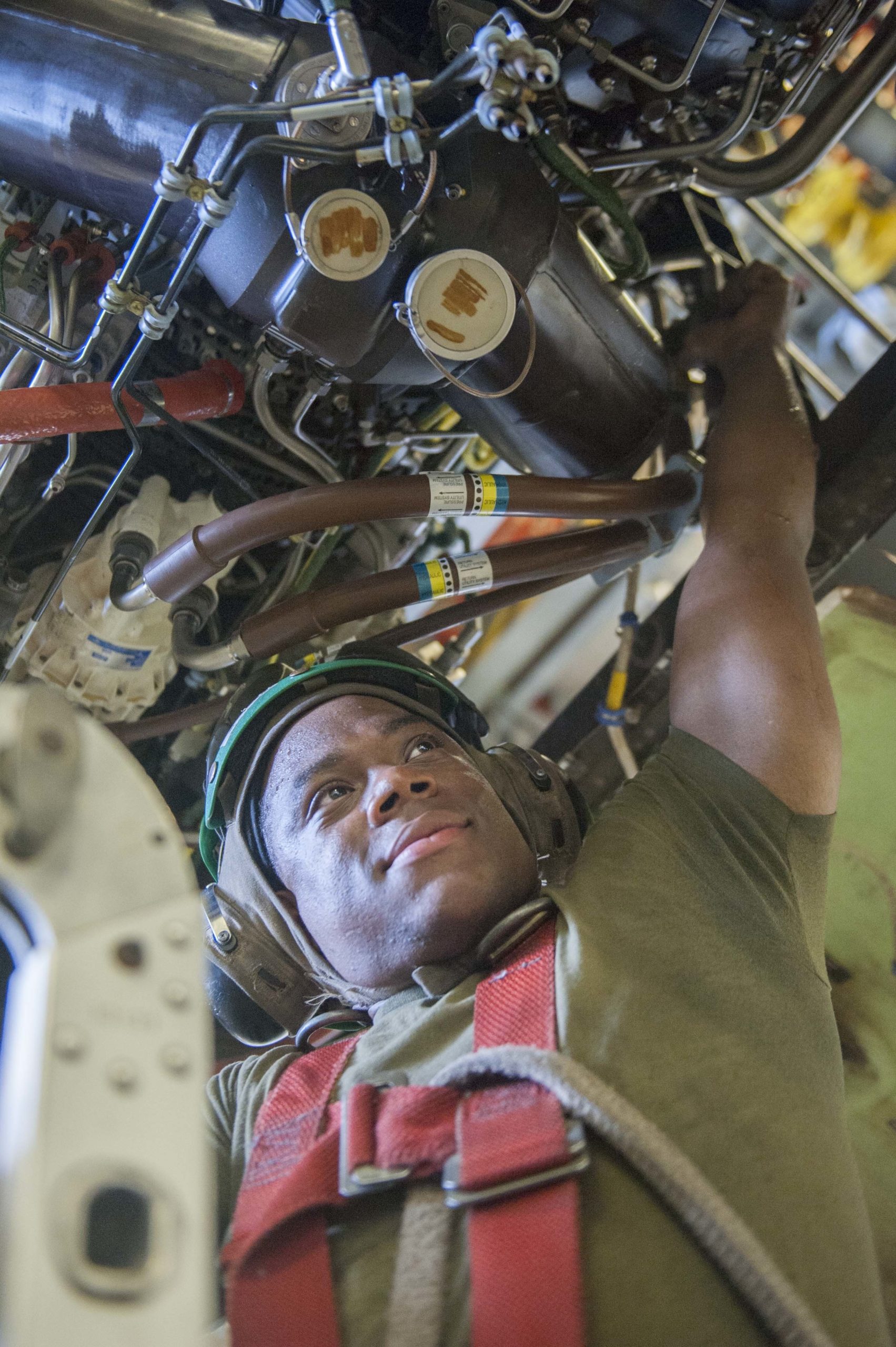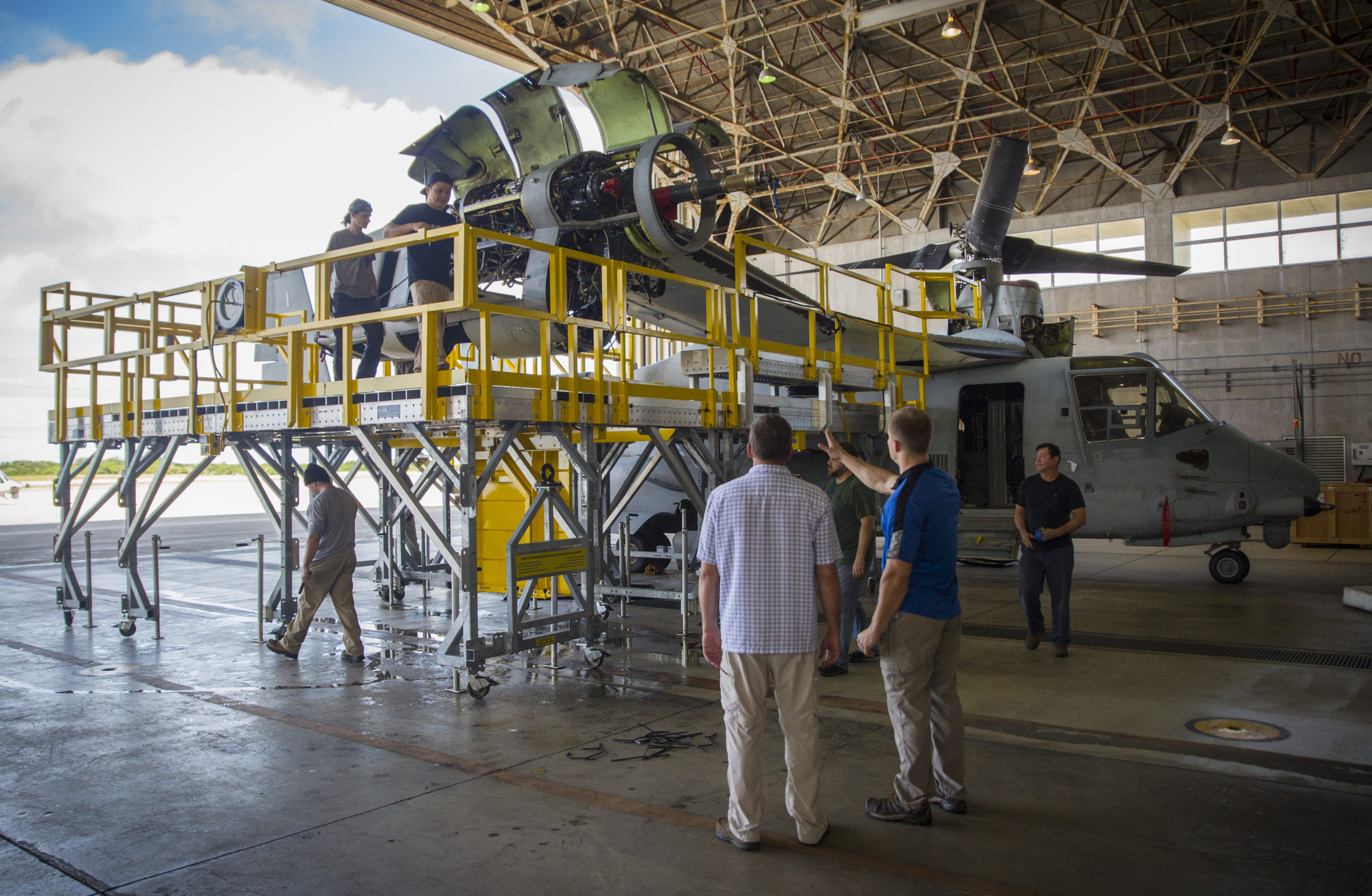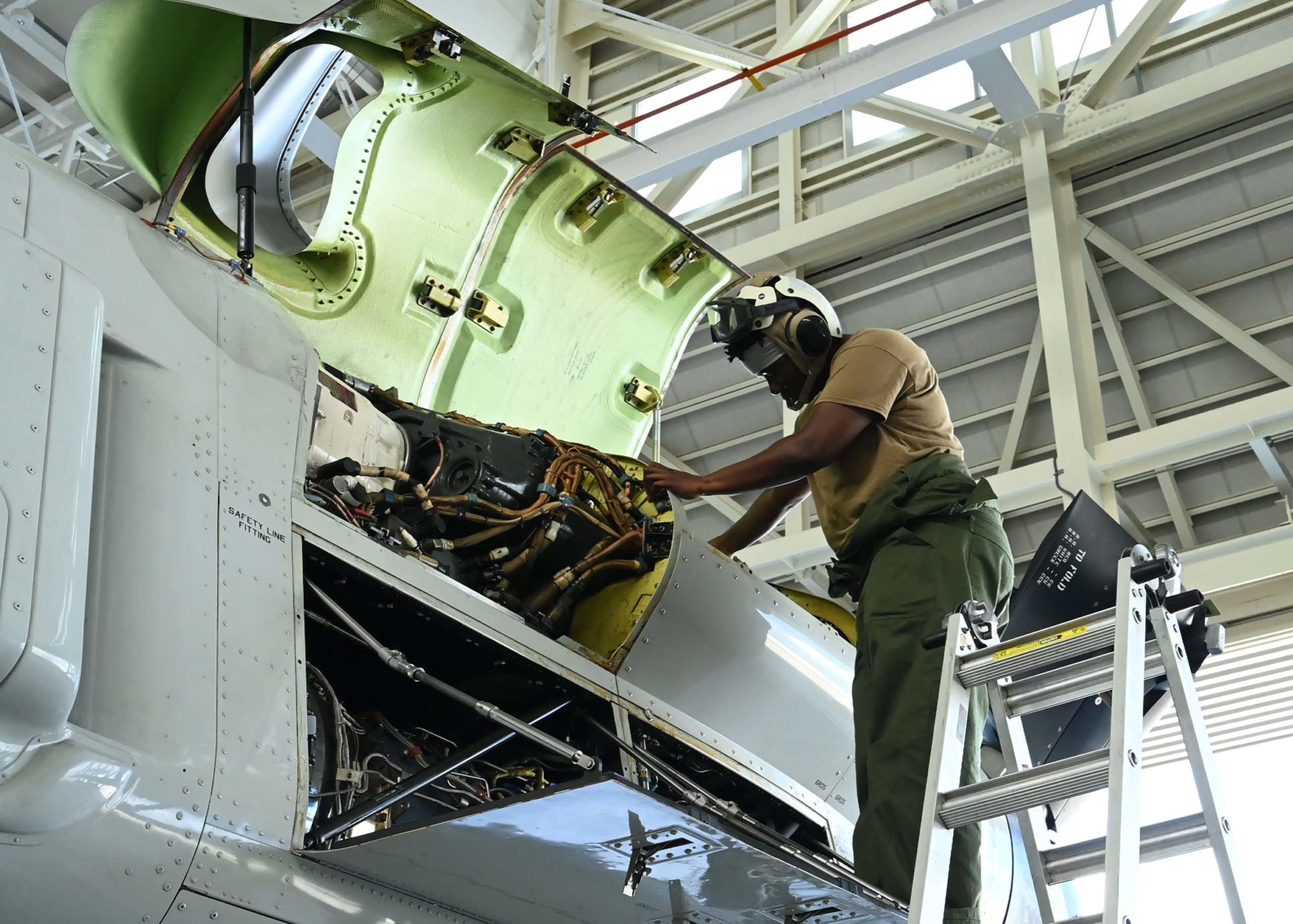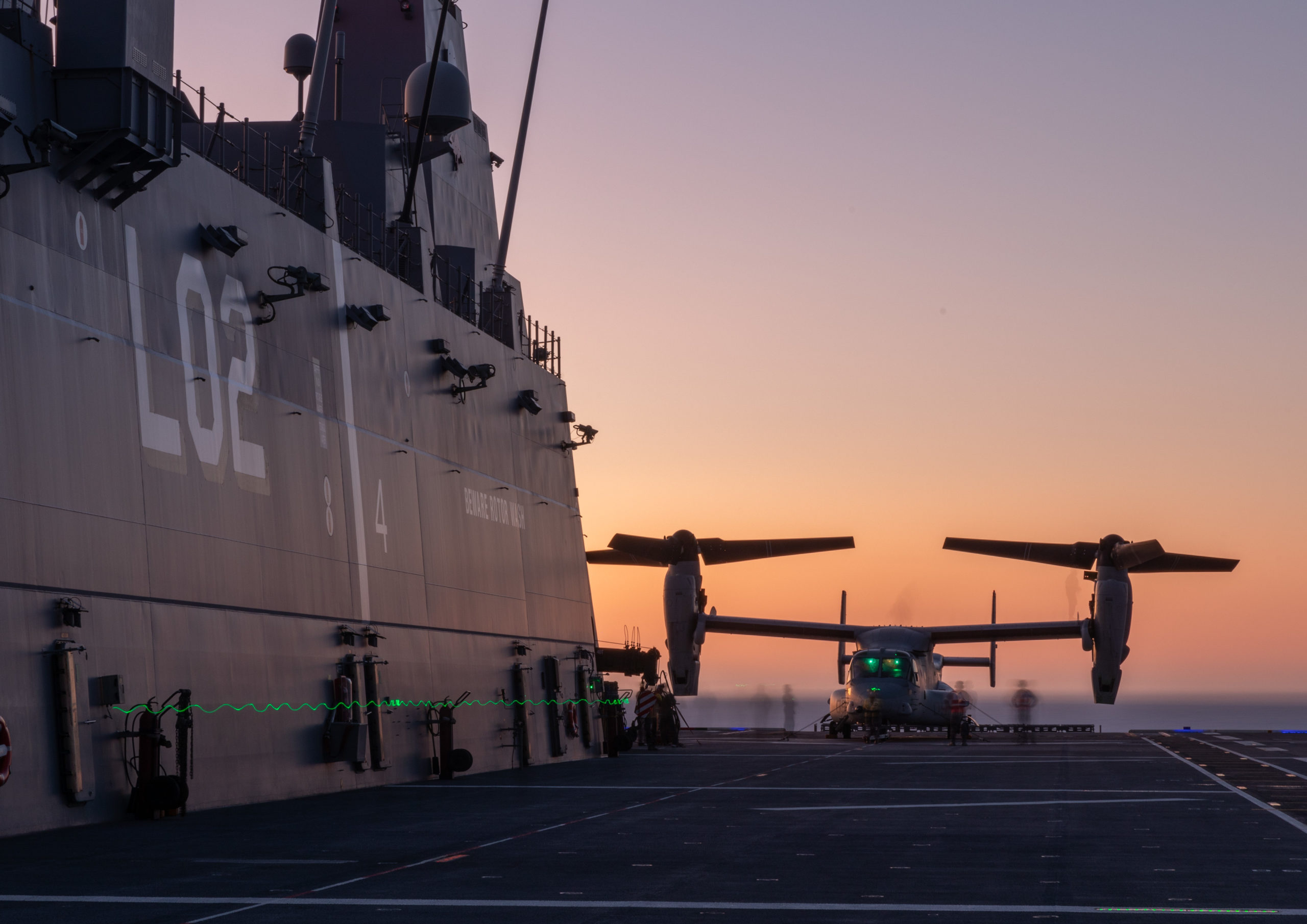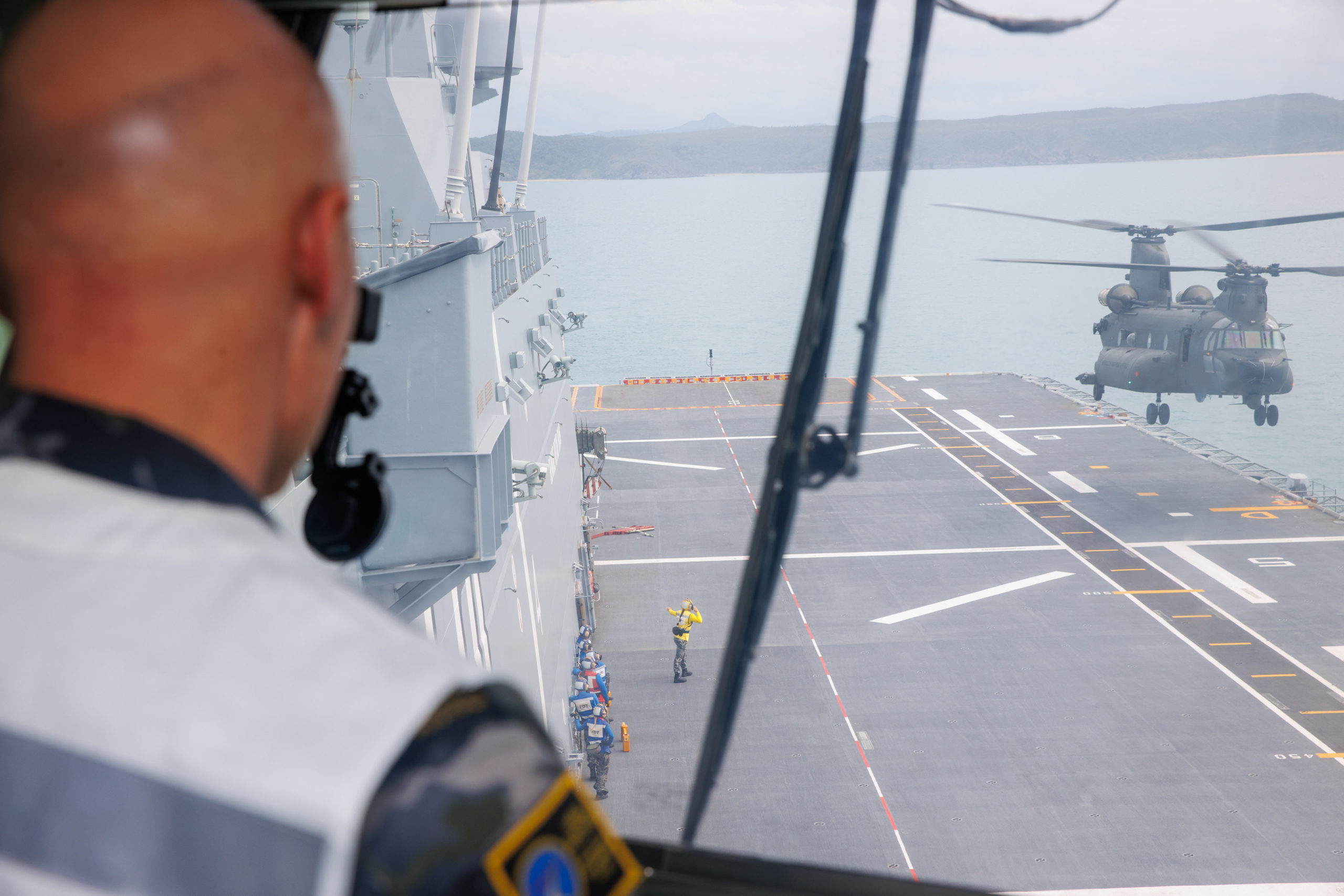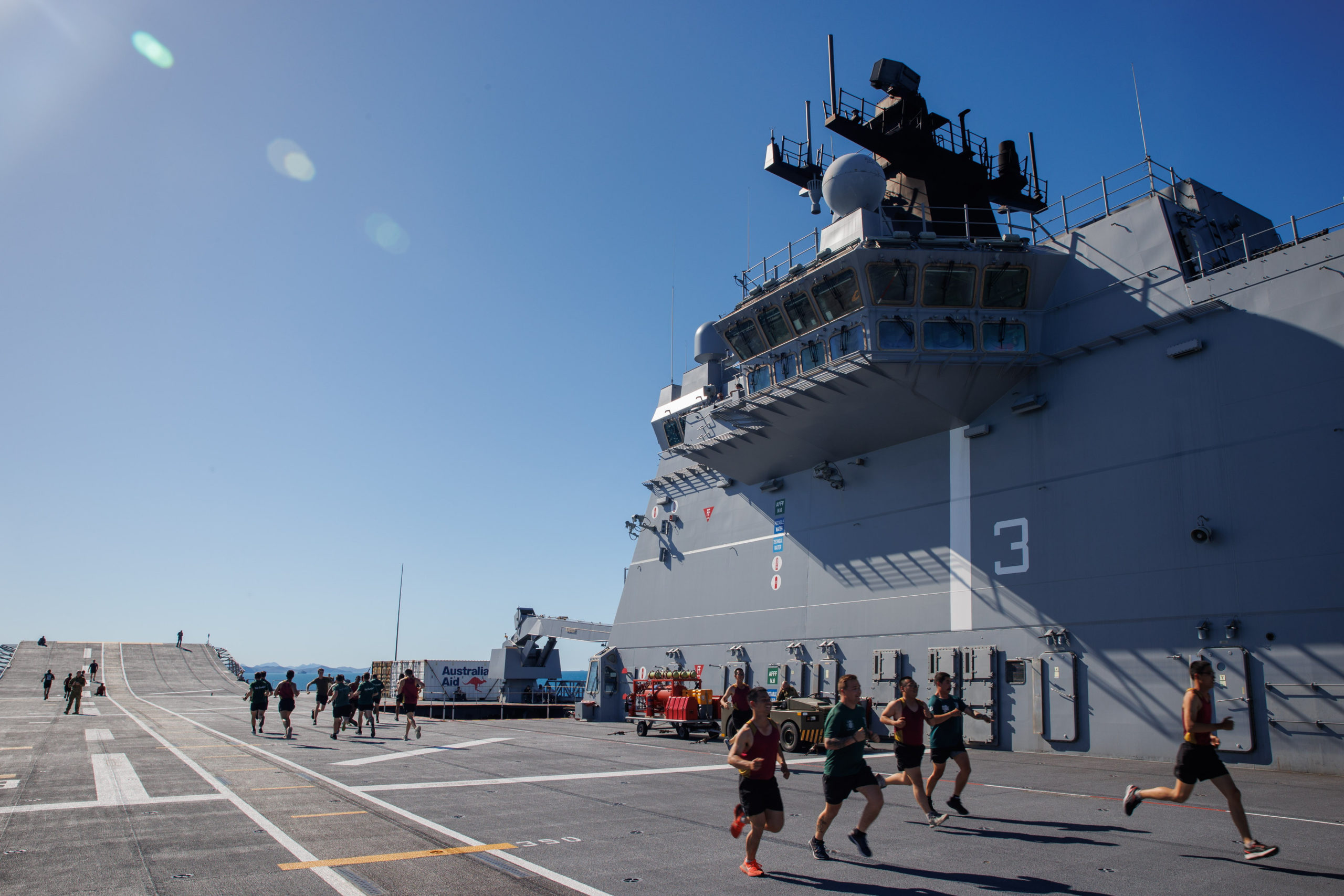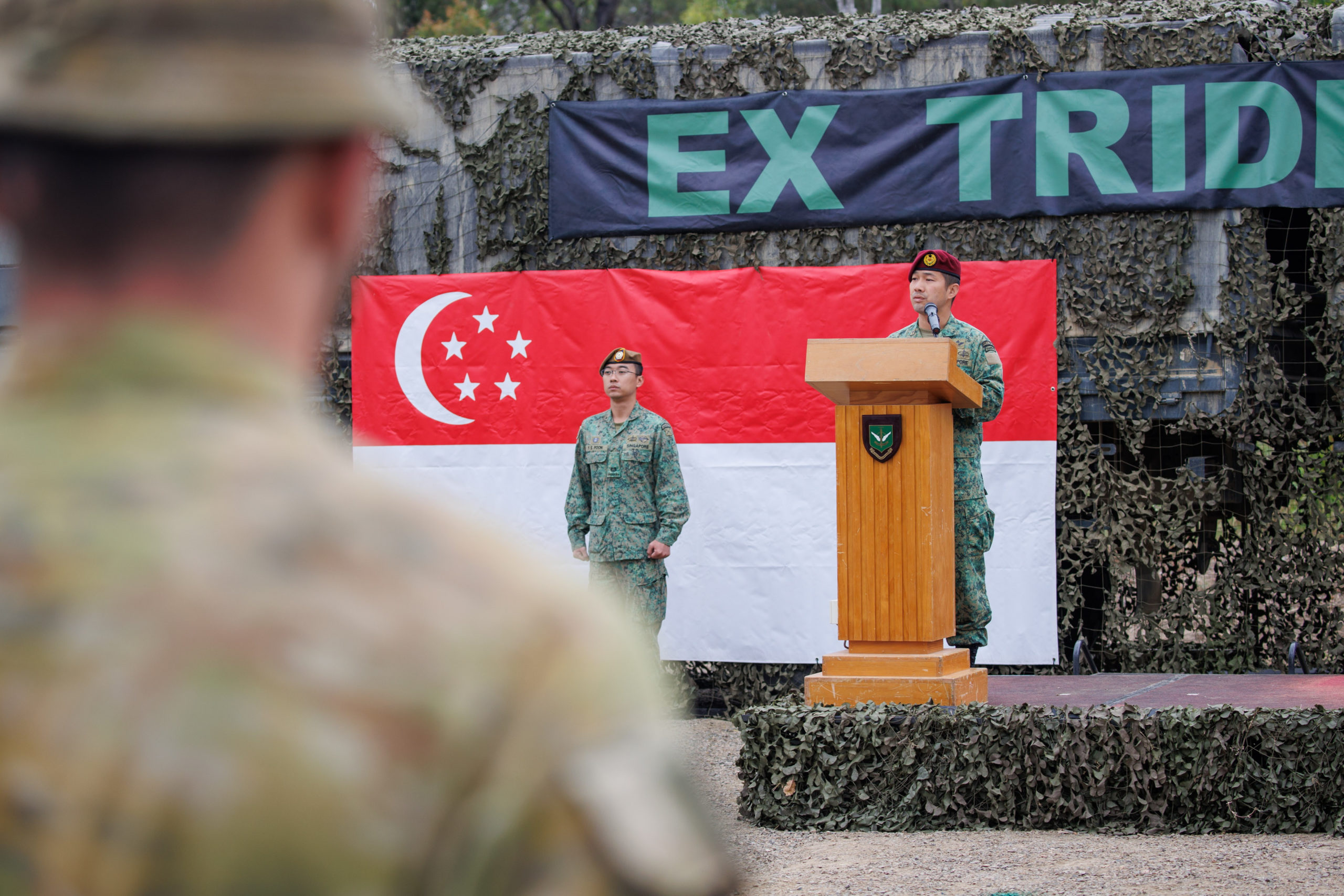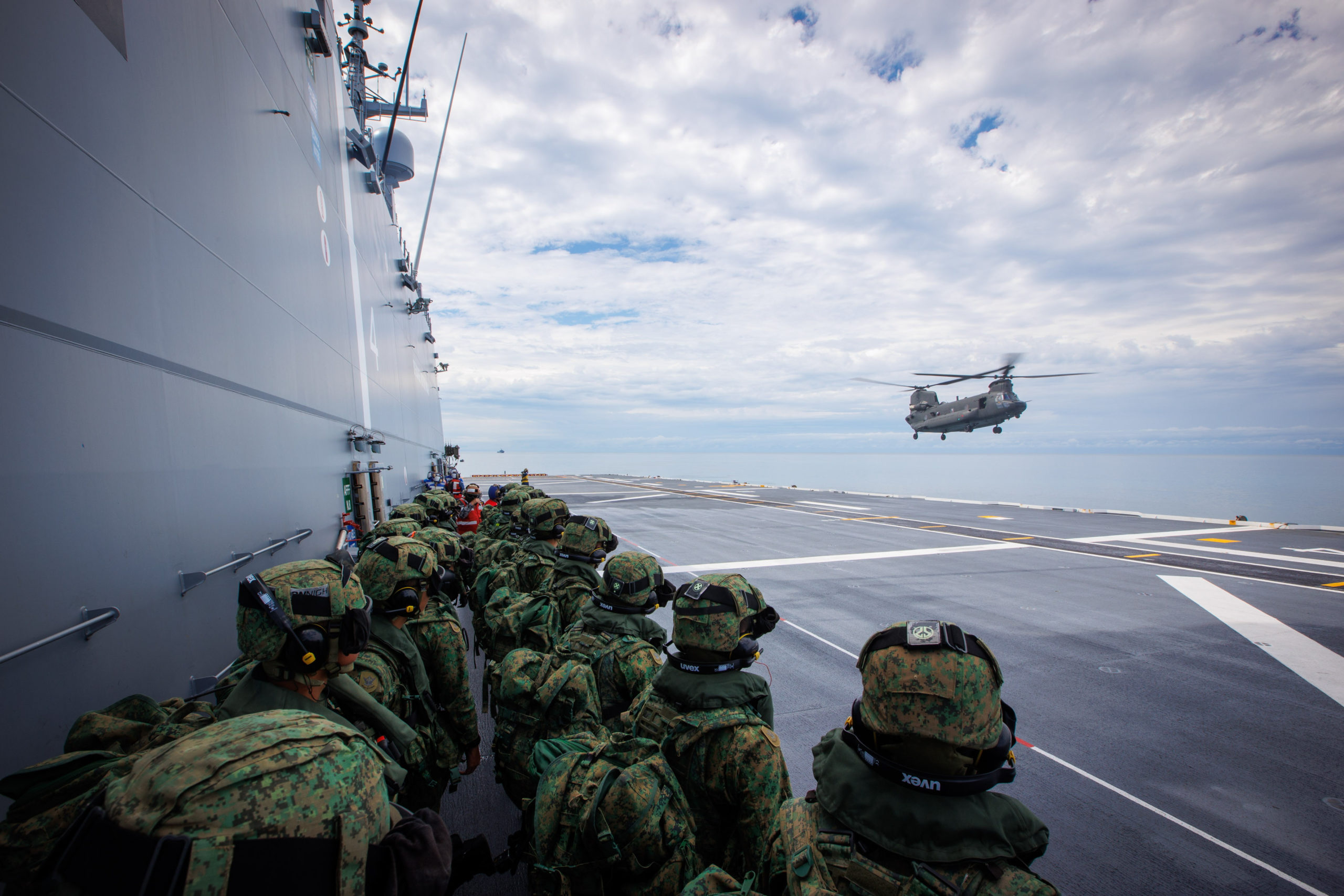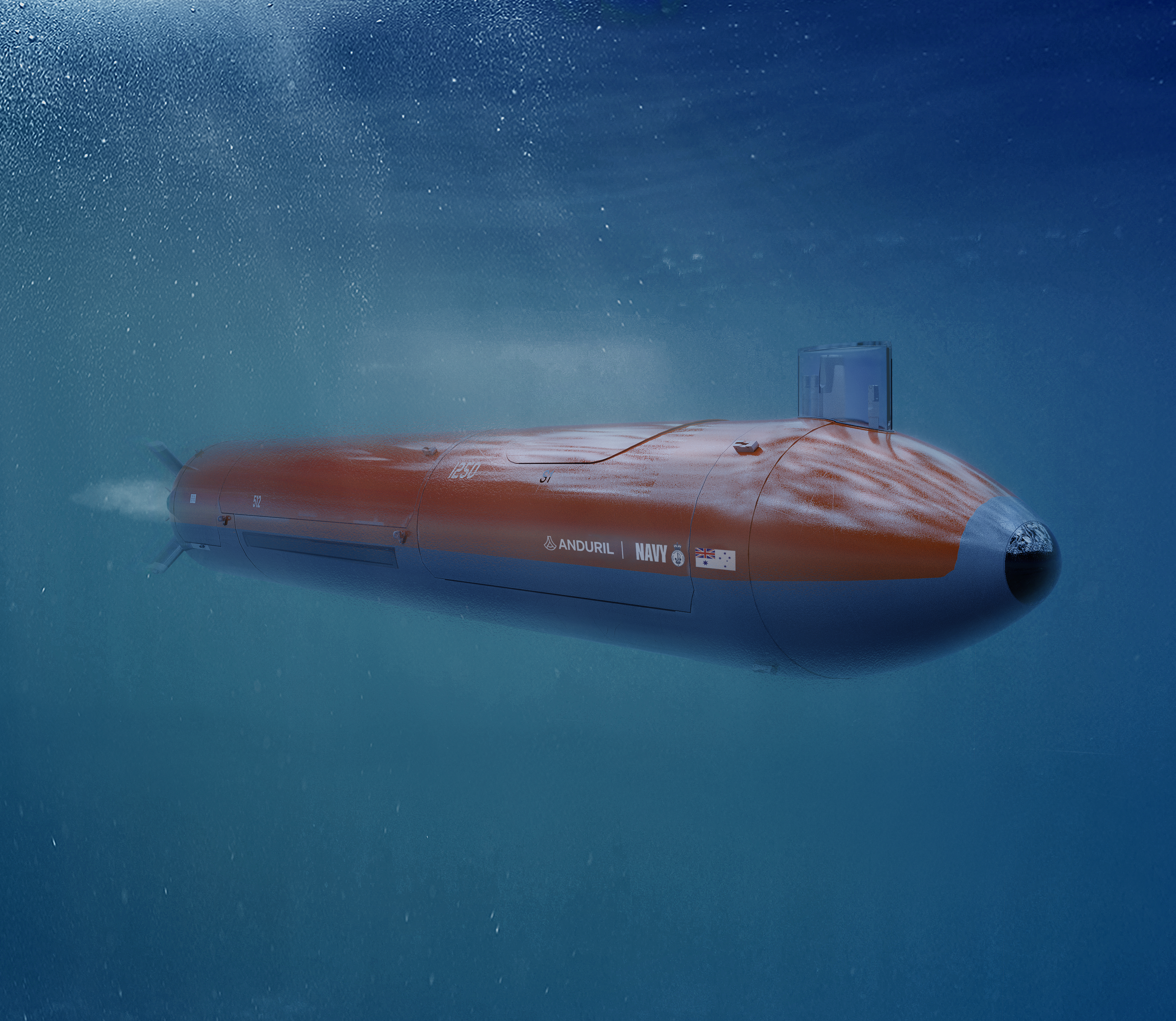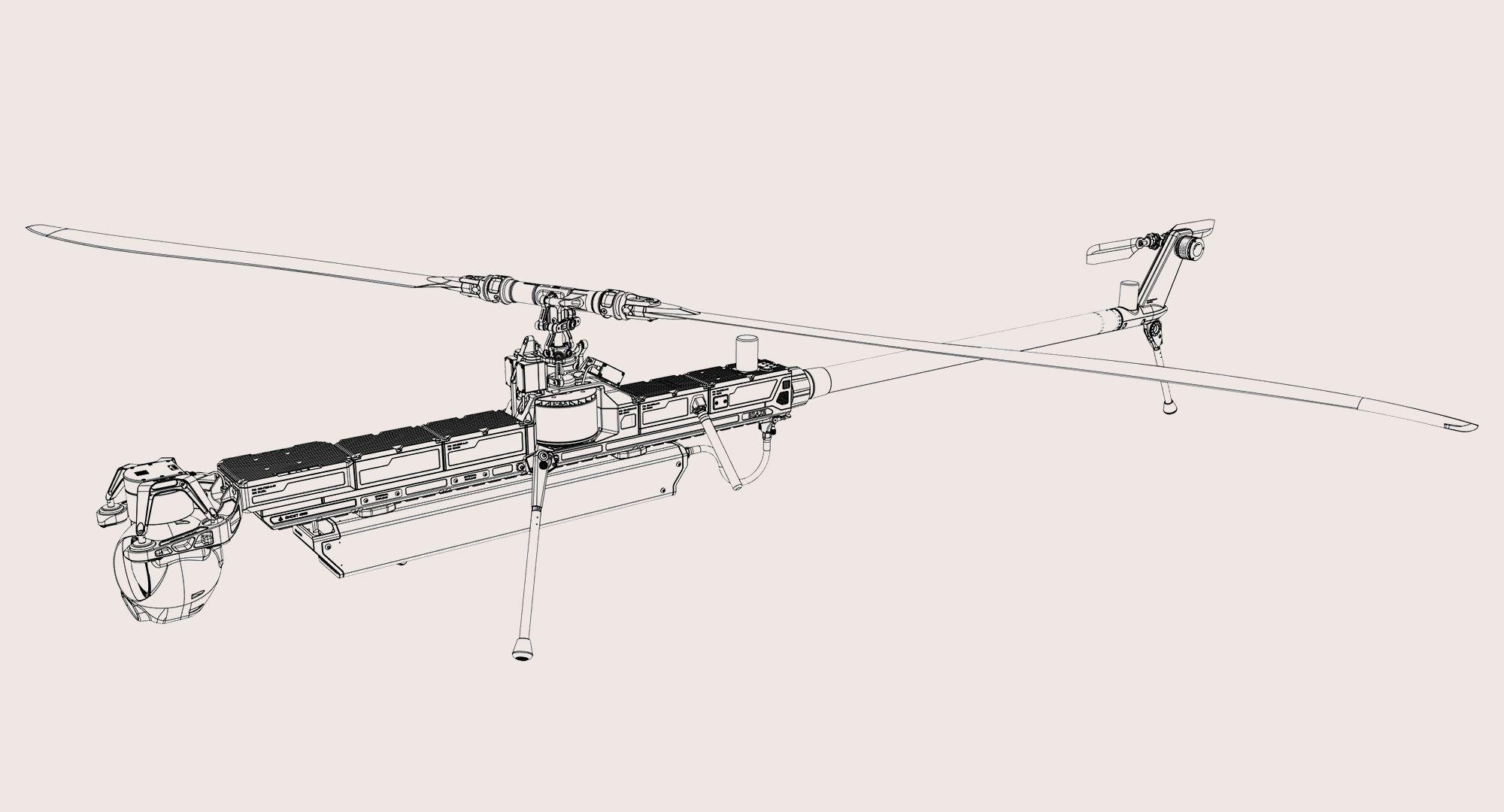At the recent Williams Foundation on the challenge of building out a more lethal and survivable ADR, the newly appointed Chief of Navy, VADM Mark Hammond provided his perspective on the way ahead of the RAN and the nation in meeting these challenges.
His text delivered at the seminar follows:
I thank the Sir Richard Williams foundation for their invitation to provide my perspectives on our current and future operating environment in support of today’s theme of “Enhancing the Lethality and Survivability of the Integrated Force”.
This afternoon I will focus on Diplomacy, Deterrence and Defence, in the context of today’s theme of lethality and survivability. I note I will be quoting former Chief of Navy VADM Barrett who is here today – thank you.
But before I do so I believe it is important to raise our eyes above the tactical level for a moment to reflect upon why we build and employ the Integrated Force.
I say this because what we build, and what we do with it, matters only in so much as it enhances our National wellbeing.
Our national wellbeing – like all nations – is derived from sustained economic prosperity and peaceful coexistence with nations.
As a trading, island, nation – connected to the global trading system by sea bed cables and maritime commerce – our economic wellbeing is almost exclusively enabled by the sea, and by the sea bed. Enablement though is not enough.
Sustained economic prosperity has only been possible because these systems – freedom of navigation for commerce, and sea bed infrastructure which enables our financial and strategic connectivity with the global trading system – have flourished in an environment of acceptance of, and adherence to, the complex array of treaties, laws and conventions that for almost 80 years have been iterated, improved and almost universally supported.
We call it the ‘rules based order’ and we credit it with providing good order at sea in the collective interest of peace for all nations.
Those of us who understand that Australia derives its wellbeing from this system are alarmed that such norms are being challenged. We are concerned that the right to peaceful co-existence with other nations can no longer be assumed.
As former Minister for Defence the Honourable Kim Beazley stated in Perth last month, and I paraphrase,
‘…what right do we have to exist as a sovereign nation of only 25 million people occupying an island continent with room and natural resources the envy of the world?’
His answer was ‘the rights conferred by adherence to the rules based order’. The very rights we have assumed to be enduring and beyond contest for decades.
But that is no longer the case.
This system is now being challenged, and our Government has commissioned the Defence Strategic Review in response to these challenges.
It is reasonable to conclude that ‘that which cannot be assumed, must be guaranteed’ – and that is why the lethality and survivability of our Defence Forces is being re-examined.
In this context, there is a direct and distinct nexus between the lethality and survivability of the integrated force and the survivability of our nation.
And this relationship is recognised by our Prime Minister.
In the last month the Honourable Anthony Albanese, has stated that he sees the three key principles of our current security policy are
“to defend our territorial integrity, protect our political sovereignty from external pressure, and to promote Australia’s economic prosperity through a strong economy and resilient supply chains”.
In seeking to understand Defence’s role in supporting our Prime Minister, I am reminded of the words by TB Millar which underscore the relationship between territorial geography, economy and supply chains: and please excuse me as I again paraphrase:
“Australia is a Paradox: the geography which make it difficult to invade and conquer Australia, also make Australia dependent upon seaborne trade. In other words, Australia might not be vulnerable to invasion, but the hostile power does not need to invade Australia, to defeat Australia.”
We have all been affected in some way by the War in the Ukraine, and the grounding of Ever Given that forced closure of the Suez Canal in March 2021, has sharpened community focus, and increased understanding of how connected Australia is, and how vulnerable Australia could be.
Thus, Millar’s Australian paradox endures.
The Ukraine conflict has provided us numerous lessons and reiterated the importance of logistics, the value of partnerships, and criticality of rapid learning and adaptation, and necessity to swiftly integrate new technology. It is also a stark reminder that an adversary will not fight by our design, contest our strengths and may even be willing to do what we would never consider.
In the Indo pacific – we live in similarly uncertain times in an equally complex region. Except we don’t share a land border with Poland – arguably the key to enabling Ukraine’s ongoing viability in the past 6 months.
The oceans are our nation’s lifeblood – both the trade that traverses the vast oceanic highways or the data that flows freely across the seabed – and our Defence Force require the capability to influence, deter, and if necessary defend against any potential aggressor, in order to remain a credible safeguard to Australia’s prosperity, wellbeing and survival.
For more than two hundred years, we have lived, and thrived under the protection of a great maritime power. It was first the RN, and then the USN who served as the guarantor of global trade, enabling a 10 fold increase of global GDP per person between 1920 and 2010. Australia has been significant beneficiary of this period of global economic growth over this period, and over this period we have seen billions lifted from poverty across the world.
This is not to downplay the work and the role of our Navy and our Defence Force in our region, over many years, but to highlight that our allies have allowed our Island nation, and almost all nations of our region, to develop without developing a maritime mindset. Indeed, in the 1980s as the Defence of Australia doctrine took hold in strategic narrative – the then Defence Minister Kim Beazley even stated that, and I quote: “Australia is not a maritime nation and its people do not sustain much of an interest in Australian maritime strategy”.
40 years later when considering Australia’s region, the Indo-pacific, is undergoing the most significant period of strategic realignment since the Second World War. I think there are few that would challenge a forecast of rough seas ahead.
This sharpens my focus, as I seek to contribute Naval Power to the Joint Force that is capable for what might lie ahead and not the war of yester-year.
The complex geographic, economic and security connections that bind the diverse countries and cultures across the Indo-Pacific are vital for Australia – just as Ukraine’s partnerships with like-minded nations and vital for their viability as a nation over the last six months.
It is through this lens that I look at our region and am reminded of the importance of Diplomacy, Deterrence, and the development, deployment and use of force in Defence of our nation’s citizens.
And so it is through this lens that I work with my counterparts in the region and across the world, to assist our Nation’s diplomatic efforts to partner with nations that value us, and our existence, as much as we do. Hence
Navy’s role as Diplomats on, and from, the Sea.
I have spent much of the past 83 days as Chief of Navy working to build strong relationships in Canberra and importantly with my counterparts from Fiji, Indonesia, the UK, France, Japan, India, Singapore, Canada, the United States, South Korea, and Thailand – just to name a few. I have been six countries in the last eight days and am pleased to hold a strong relationship with the French Navy and ADM Vandier, who has generously closed the book to our previous commercial relationship and is focused on our enduring strategic partnership.
And it is through this lens that I consider my role to generate Naval Power for employment as part of the joint force. That is, Naval power employed to meet our unique Australian challenges, in our own Australian context, integrated with all elements of national power, in pursuit of our national objectives dynamic region.
Hence Navy’s role to deliver Deterrence on, and from, the sea. And when Diplomacy and Deterrence fail, Navy must be ready to Defend our nation on, and from, the sea. Let me expand.
The deployment and employment of Military forces is a deliberate choice to be made by our government. In Navy’s case, at home we patrol our maritime approaches, support law enforcement at sea, and we prepare our advanced capabilities for contingencies that range from disaster relief, to destruction of our force’s adversaries.
At home and throughout the Indo-Pacific we exercise and operate with likeminded partners and allies; we conduct presence, engagement and deterrence operations where our nation’s interests are acutely engaged.
In peacetime these activities are a key component of conversations between governments – they must be planned and conducted as such. This includes being actively engaged across our region – because trust and interoperability cannot be surged – presence has a power that absence, even with promise and friendship, cannot match.
To paraphrase CN Barrett: “Naval Power is the ultimate purpose of the Navy. Fear of the consequences of that Naval power is what deters armed adventurism. Our ability to deploy decisive lethality to sanction anyone who might wish to use armed force against our nation and its interests deters conflict and contributes to maintenance of peace and security around the world.”
This has always been the case.
In order to deter action against our National interests, we must have the capability and capacity to defend them. Far too quickly discussions about military strategy devolve into a discussion about numbers of units and technology as the solution to all problems. For example, too often the conversation about Naval forces pivots to the great sea battle between opposing forces.
Like many, our Navy has been guilty of such preoccupation, but I posit that direct contest between opposing naval forces matters only in so much as it impacts either nation’s ability to sustain their economic well-being or to destroy the opponent’s centre of gravity.
In considering Lethality and Survivability, I believe we need to frame the conversation in terms of lethality for the nation’s survivability.
Firstly, Survival through Diplomacy and Deterrence One option is to maintain the status quo and avoid fighting in the first place. This requires doubling down on Diplomacy while investing heavily in Deterrence. Diplomacy to build and nurture relationships with likeminded nations while seeking a stable and predictable relationship with others based on respect and law.
Deterrence to put the costs of using force foremost in the mind of those who would consider initiating conflict with Australia.
Investing in capabilities that enhance our diplomatic efforts and create deterrent effects provide the best return on investment in this context. Let me emphasise, investing in capabilities that enhance our diplomatic efforts and create deterrent effects provide the best return on investment in this context.
Australia has deep ties across the Pacific, and the prosperity of the region has deep personal meaning to almost all Australians – we know that in times of need we will always support each other.
Over many decades I believe that Australia has earned respect across Asia for our openness, our transparency and our desire to build mutually beneficial relationships. Our ADF has been at the forefront of engagement with our neighbours and I believe Australia is trusted across the region. Our trade in the region continues to benefit us all and this also means we are never truly alone.
It is through this lens that our successive Governments have engaged and built relationships across the region, while concurrently investing in our Defence industry, infrastructure, trade skills and supply chains. We have also developed a lethal network of allies and partners as evidenced by the work underway under the AUKUS framework.
If Diplomacy and Deterrence fail though, and the ‘conversation between governments’ becomes violent, then our nation must be ready to simultaneously ‘not lose’ while fighting back. This is the Survival through resilience, and this is what we have witnessed in the last six months in Ukraine.
The ability to sustain economic well-being while fighting is absolutely key, and as an island nation we will rely on both stockpiles onshore and imports across the seas. The right balance of capabilities to ensure national resilience through this phase is crucial.
This system connects us globally – for better and for worse – is the key factor that enables Australia’s prosperity and provides us with the ability to build infrastructure like hospitals, schools and sporting facilities. But it is also liable to the impacts of distant events such as war between nations, natural disasters and pandemics.
Against this backdrop this government will decide the role of the ADF, what we will defend and where; what force we must project and where…and for how long; and who we must integrate with due to common purpose and shared interests to allow us to generate military force in the national interest. This will allow us to generate military advice to inform their decisions.
This begs a number of questions.
So what is the vital terrain requiring defence? Is it the rules based system? Is it physical infrastructure or people? Is it information? Is it all of the above?
If it is sea bed infrastructure, is it in deep water or shallow water? Is it above water terminations? Is it in international or sovereign domains, or is it privately owned? It underpins our economic wellbeing – how important is it?
What about Merchant shipping? Whose flag, what cargo, where, when, for how long?
And what about the Ports and their maritime approaches? Which ports – ours, overseas, how many, for how long, from what? All or just some?
If we protect and assure these things do we assure our economic well-being?
Only then we can ask, what is it that we need to do or have, to allow us to hold at risk or to undermine in order to defeat an adversary? Do we focus on our approaches or theirs, or both? Is it a manned systems problem or a job for robots? Do we need to project and protect a land force or a swarm of things? Or both? If so, in what phase of the conflict and with what risk appetite? How will we do this? Will it tip the balance in our Nation’s favour?
These are all questions in play in the Defence Strategic
Finally, we must be able to Defeat an adversary.
A military force poorly employed might have tactical successes, but unless they negatively impact the resource base or national will of the adversary, or enhance the well-being of their parent nation, tactical successes are essentially meaningless.
Lethality is the ability to deliver a decisive force against an adversary where it generates the greatest leverage. In the Australian context, with limited assets it is about maximum return on investment and maximising value for money as we deliver our desired effect. We cannot do everything, and we cannot sustain an attritional conflict.
We cannot afford to take note of what of what “everyone else” is doing and simply follow the path of the past. Neither can we simply look to a new capability to solve all problems. We are a small country with a small Defence Force. We need to generate maximum military power for every dollar of our taxpayer’s money that we possibly can.
The key challenge in ensuring our capability and capacity to deter action against our interests, is to make sure we make decisions based on our needs, and in our context. As Deputy Prime Minister Marles has said recently: “We need to make sure that our Defence Force is potent, that it is capable. We need to make Australia a difficult proposition for any adversary.”
As one example, our Government has made a clear choice to support the acquisition of nuclear powered submarines for our Australian Defence Force. This is but one portion of the greater Undersea Warfare efforts which seek to ensure we are able to deter nefarious action against our national interests. It is also a clear statement that seeks to ensure we maintain the ability to hold a potential adversary at risk well into the future, and not just in our home waters.
Of course USW is only one aspect of the proposition referred to by the Deputy Prime Minister but provides us an excellent example as we think to the future of what lethality and survivability mean for our Joint Force, and to sharpen our thoughts around ensuring we have both the capacity and capability to deter action against our national interests.
As a final closing thought. Our lethality will not be delivered only through buying new platforms. To use a historical example: in 1945 Japan lost the ability to exploit the natural resources that she needed to continue the war against the United States, predominantly because her merchant shipping transiting her sea lines of communication had been decimated by American submarines. US submariners had achieved decisive results against Japan, whereas their German U-boat ‘peers’ ultimately failed in the same mission against Britain in both World Wars.
While technology advances certainly assisted the US, no specific technology proved decisive in its own right. What is seldom effectively highlighted, is the fact that US submariners seized and maintained their advantage against Japan by applying new technologies and tactics at a rate that continually mitigated their own weaknesses, targeted the enemy’s and capitalised on their own strengths. This was done as part of global campaign of allied nations, working together as an integrated and joint force to destroy the capacity and will of another nation to continue a conflict.
Thank you once again for the invitation to join you today. I hope that what I have shared today has challenged your ideas, and stimulated your thought processes. The Williams foundation plays an important role in promoting intellectual discussion and challenging us as a Defence Force to hold ourselves to account on the big issues. To Air Marshall Brown, Geoff, thank you for your continued leadership in this space.
As a take away idea I propose that no matter what the character of future conflict may be, no matter the type of conflict we find ourselves in; it is the nation that can sustain its economic wellbeing for the longest that will ultimately emerge the strongest.



